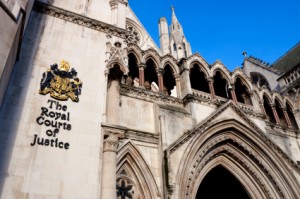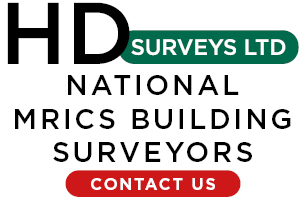Patent attorneys have litigation rights in a wider range of cases than previously thought, including disputes over license agreements and related intellectual property, the High Court has ruled.
In what is believed to be the first judgement on the scope of patent attorney litigators’ (PALs) rights, Mr Justice Lewison clarified that they are not limited to a narrow definition of what constitutes “protecting inventions”. He concluded that the term also includes handling how they are exploited, such as royalty agreements.
Handing down his judgment last week, the judge found that the proceedings – to determine whether royalties were due under a worldwide technology transfer agreement between two companies, DSB and Atrium – fell within the scope of article 3 of the Higher Court Regulations of the Chartered Institute of Patent Attorneys (CIPA).
The question of whether the PAL acting for Atrium was entitled to appear had been raised and brought to the court for a decision; if they were not, it could have potentially adverse consequences in relation to legal professional privilege and costs.
DSB argued that the regulations were limited to proceedings relating to the protection of IP rights, which it said should not include breach of contract.
The judge ruled that the proceedings fell within article 3 and so could be conducted by a PAL. He held that IP rights could be protected and exploited in different ways – by the owner himself, they might be licensed, or they might be sold. As such, a royalty dispute would concern the “protection” of IP rights for the purposes of article 3.
The issue for the court was essentially the same, and Parliament could not have intended that PALs could conduct litigation for one but not the other. The court declined to decide a point that arose in argument, namely whether copyright claims fell within the scope of article 3.
CIPA president Alasdair Poore welcomed the ruling, saying: “This is good news for companies, who can now be confident that legal experts who best understand how their technology is protected – patent attorneys – can handle court cases that involve the broad area of protecting inventions. They are clearly not restricted just to the narrower field of patents.”
Mr Poore said the judge had accepted that the scope of article 3 was somewhat “fuzzy at the edges” and that it was appropriate for the PAL concerned to have brought the matter to court for clarification. He added: “If you look at the strict wording, article 3 is not limited to the protection of patents and confidential information but the broader term ‘protection of inventions’.”
Hogarth Chambers, whose barristers acted on both sides, said it thought the case was the first of its kind. In a statement, the chambers explained that under article 3 of the CIPA regulations, PALs have the authority to conduct “intellectual property litigation”, defined as “any matter relating to the protection of any invention, design, technical information, or trade mark, or similar rights, or as to any matter involving passing-off or any matter ancillary thereto”.












Leave a Comment